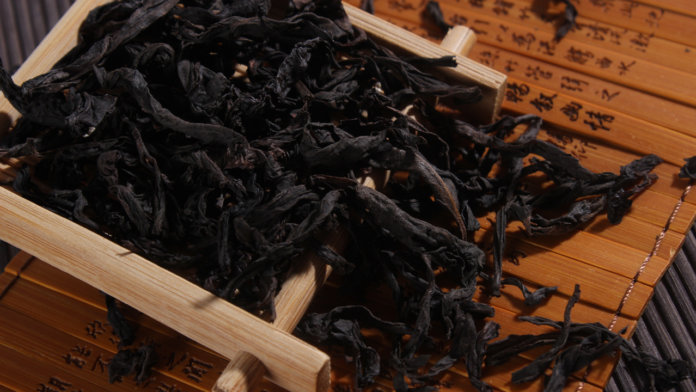After water, what do you think is the most popular soft drink in the world? If you decide that this is tea, then the guess is correct. According to statistics, from 2 to 3 billion cups of tea and about 2 billion cups of coffee are drunk every day in the world.
ABOUT the most expensive coffee in the world we already wrote. It's time to talk about the most expensive types of tea, for which gourmets are ready to pay hundreds and even thousands of dollars.
10. Gorreana Broken Leaf - $ 405 / kg
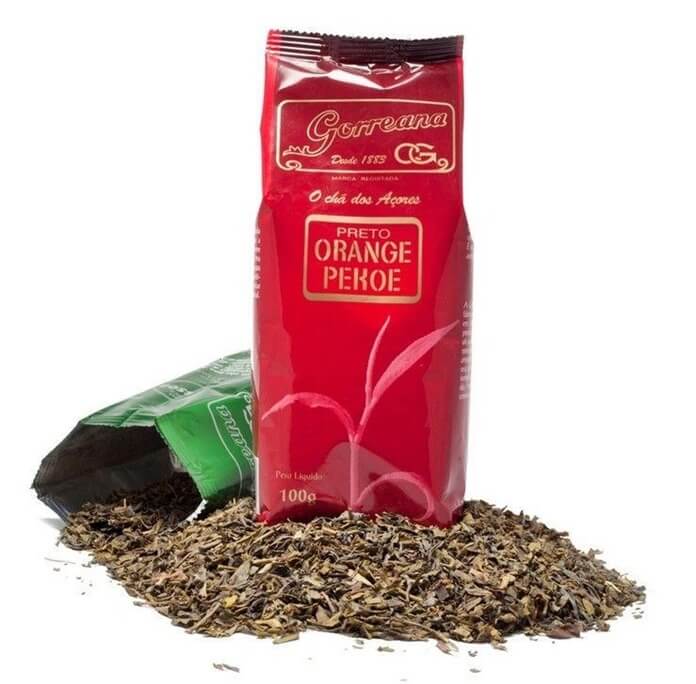
This tea comes from the oldest tea plantation in Europe. In addition, Gorreana is the only tea plantation that still operates in Europe (on the island of São Miguel, Azores). It produces about 33 tons of tea a year.
Several varieties of tea are grown there, but Broken Leaf black tea is special. It consists of only one third of the leaves from each branch of the tea bush.
Its copper color and fruity aroma distinguish it from other teas.
9. Gyokuro Tea - 650 $ / kg
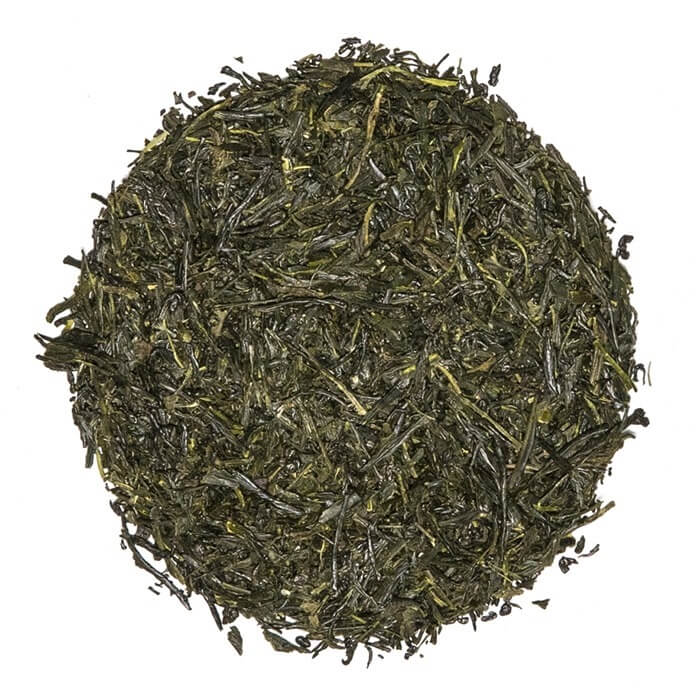
Our rating of the most expensive teas in the world is continued by a purebred Japanese man with a beautiful name, which translates as “precious drop” or “pearl dew”. It has a distinct green color.
To increase the amino acid content of the leaves and reduce the catechin content (which gives the tea bitterness), they are protected from sunlight for two weeks before harvest. This allows the gyokuro to develop a unique aroma and sweet taste.
8. Poo Poo Pu-Erh Tea - 1000 $ / kg
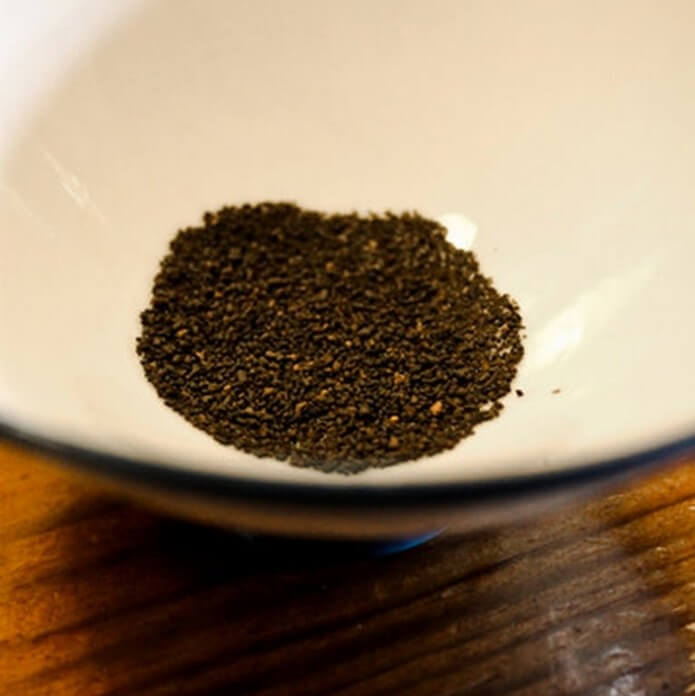
Although the name of this tea sounds like it was invented by a child sitting on a pot, the history of Pu Pu Puer dates back to the 18th century. Emperor of China Aixingero Hongli from the Qing dynasty was the first to enjoy this drink, which was sent to him as a gift by doctors.
But why did Poo Poo Pu-Erh get its mysterious name? The fact is that insects are used to create it, which feed on tea leaves and nothing else. With the help of tweezers and a magnifying glass, workers carefully collect the excrement of these insects, and prepare a tonic Pu Pu Puer from it. A thousand dollars for edible feces, not bad, right?
7. Tieguanyin Tea - 3000 $ / kg

One of the most expensive and elite varieties of oolong tea has a floral aroma and is known for being used up to seven times before it loses its pleasant scent.
The name of the tea, which translates as "Iron Goddess of Mercy" comes from the name of the Chinese goddess of mercy Kuan Yin, and, of course, several legends are associated with this. One of them tells the story of a very poor peasant who looked after an abandoned temple dedicated to this goddess. One day Kuan Yin appeared to him in a dream and told him about the place where the treasures were hidden.
When the peasant went to the place indicated in the dream, he found a plant there, took it and began to look after it. Later, he decided to make tea from the leaves of the plant and received an excellent quality drink, the sale of which brought him wealth and prosperity. And the word "iron" in the name of the tea appeared because when brewing it immediately sank to the bottom.
6. Yellow Gold Tea Buds - 3000 $ / kg

There is only one plantation in the world where this tea is harvested, and to make it even more rare, it is harvested only one day a year, and only with the help of special golden scissors, and only from the top of the bush.
The exclusive supplier of Yellow Gold Tea Buds is TWG from Singapore. And when she names her product with the word Gold, it's not an empty phrase.This type of tea does contain particles of edible 24-karat gold. In Asia, gold has a special attitude, it is believed that it is good for health.
As a result, tea connoisseurs can enjoy not only an expensive, but also a very beautiful-looking drink.
5. Vintage Narcissus - $ 6500 / kg
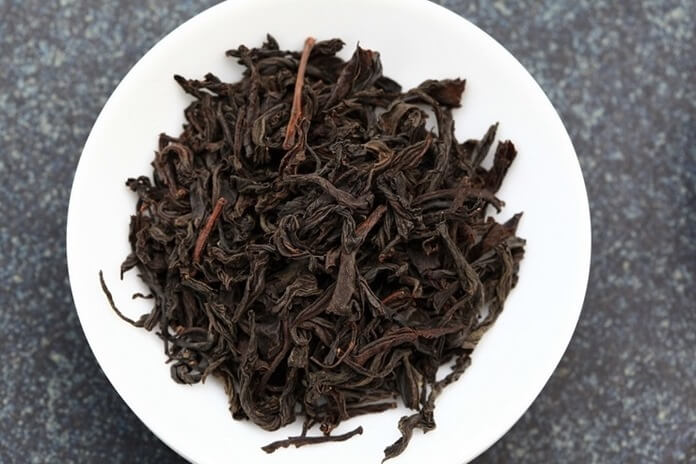
According to Greek legend, Narcissus was a very handsome and most narcissistic youth who ever lived on Earth. From his name the term narcissism originated.
Vintage Narcissus tea boasts both the beauty of the packaging and the taste, which is dominated by chocolate, floral and woody notes. The peculiarity of this type of tea is the smoky aroma acquired due to the fact that the leaves were fried over coals.
But Vintage Narcissus cannot boast of youth, like a mythological Narcissus. It's actually kept in a 60-year-old box. In the 1960s, it was taken to Singapore from China, and then changed hands many times. In 2013, it was acquired by a millionaire from Malaysia. It is unknown if he enjoyed the contents or left the box intact until the next sale.
4. Panda dung tea - $ 7000 / kg

The secret of this very expensive tea is the panda dung. These cute black and white bears eat only bamboo and absorb about 30% of the nutrients from it. All other nutrients remain in their excrement.
But if you grimaced with disgust at these words, imagining how panda droppings are added to tea, then we hasten to reassure you: it is used exclusively as an organic fertilizer.
The idea to use the extremely nutritious panda dung to grow tea came to the mind of the Chinese entrepreneur Yanshi. He argues that the tea grown on what has become the symbol of China has "ripe and nutty flavor" and numerous health benefits.
3. Junshan Yinzhen - $ 8000 / kg
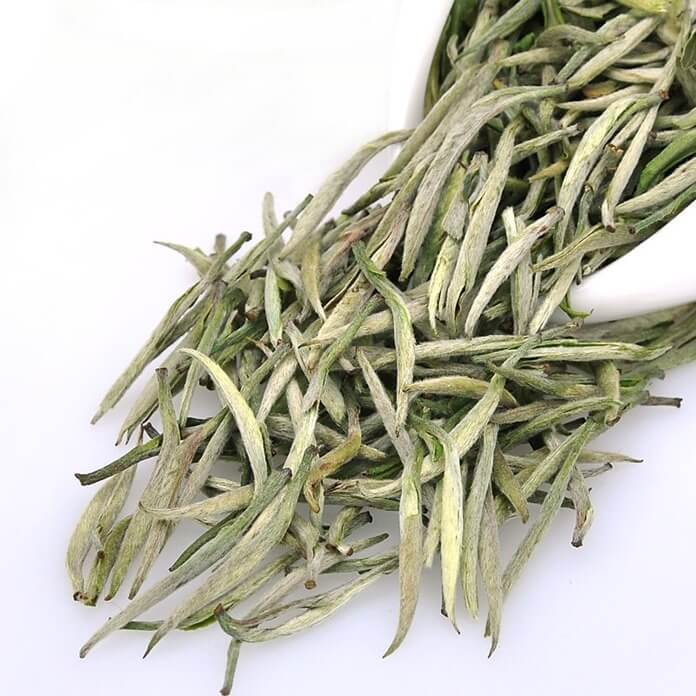
One of the most famous teas in China with the beautiful name "Silver Needles from Junshan Mountain" grows on Junshan Island. And the phrase "silver needles" is explained by the fact that its leaves curl up into needle-shaped tubes, and are covered with tiny white fibers.
There are 9 rules for collecting Junshan Yinzhen, according to which you must not pick:
- even a slightly opened kidney,
- damaged kidney
- hollow kidney,
- too long kidney
- too short a kidney
- dew-covered bud
- purple kidney
- a sluggish kidney
- and finally, you cannot collect tea on a rainy day.
2. PG Tips Diamond - $ 15,000 / kg
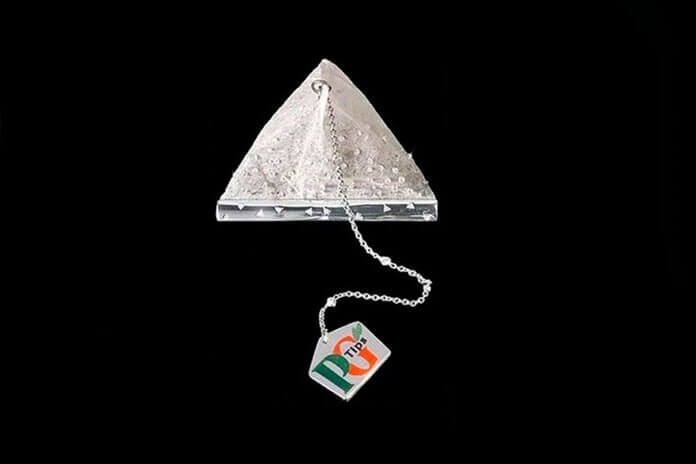
The second most expensive tea in the world is not grown on the dung of a rare animal, and it is not harvested by virgins with golden scissors once a year. So what's so special about it? For $ 15,000, you will receive a tea bag set with 280 diamonds handcrafted by Boodles jewelers. These bags were made in honor of the 75th anniversary of the British tea company PG Tips.
However, the fact that the price of this tea is made up of the amount of precious stones does not mean that low-quality raw materials were put in the bag. Quite the opposite! The tea leaves used in PG Tips Diamond are Silver Tips Imperial Tea. This special tea from the foothills of the Himalayas is famous for its delicate taste. It is harvested only on a full moon and is woven with silver threads for special fermentation.
1. Da-Hong Pao - $ 600,000 / kg
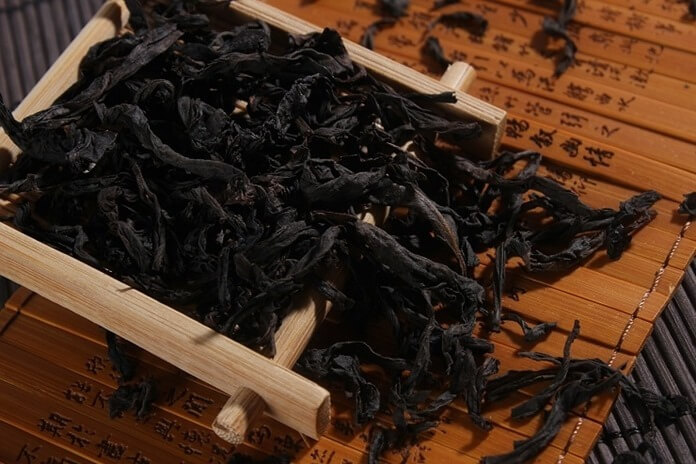
This legendary semi-fermented oolong tea is so valuable that China considers it a national treasure. The cultivation history of Da-Hong Pao dates back to the Ming Dynasty.
The most expensive tea in the world is often used as a gift for officials and important people. In 2002, a restaurant in Guangzhou bought about 7 lian (0.35 kg) of Da Hong Pao tea from the mother bushes at an auction for 120 thousand dollars.
The six mother tea bushes from which the raw materials for Da Hong Pao are collected are very ancient: they are almost 400 years old. As if that weren't enough, the last harvest was in 2005.
In fact, there are other commercial varieties of Da Hong Pao teas that are made from leaves taken from the descendants of the mother shrubs.
The origin of Da Hong Pao (translated from Chinese "Big Red Robe") is associated with many legends, but among them there are two of the most famous. According to one of them, a monk gave this tea to a student who had received heatstroke. Having successfully passed the exam and received a good position, the former student wanted to thank the monk and sent him a red robe with a dragon embroidered on it.However, the monk, following Buddhist traditions, refused the gift, and then the donor wrapped the tea bush in an expensive red cloth.
According to another legend, the mother of the Ming Dynasty emperor recovered from illness thanks to this precious drink, and her son sent four large red robes as a token of gratitude to cover the healing tea bushes.

